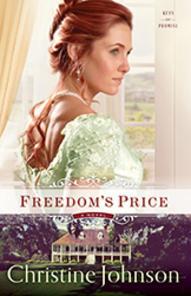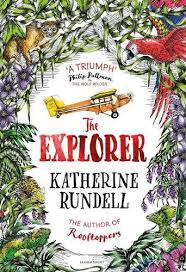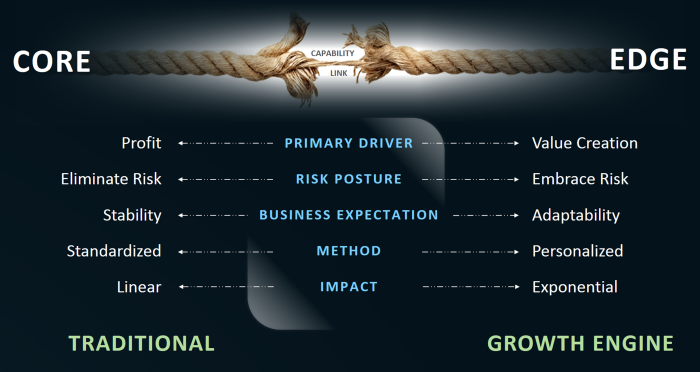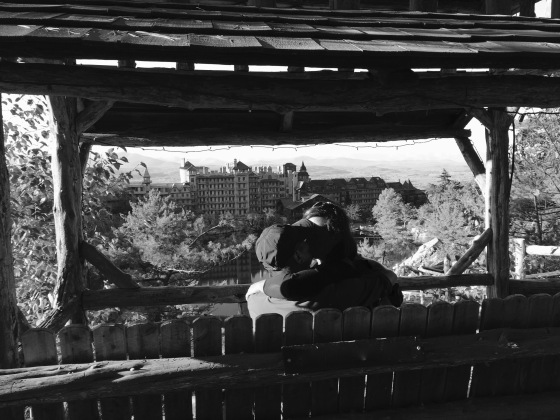Download links for: I Sold Andy Warhol (Too Soon)


Reviews (see all)
Write review
Like reading Henry Rollins. Privledge Complains and Whines.
Um, this book is awesome. I really surprised I like it.
art scum reveals his scumminess. yuk
Other books by Memoir & Autobiography
Related articles












